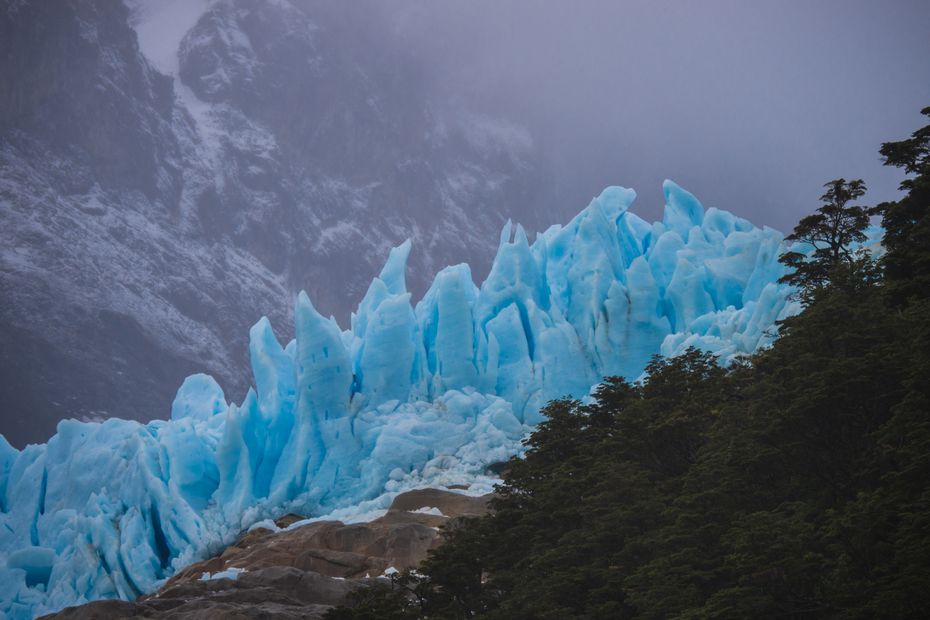The glaciers would detect less ice than estimated, according to an international study co-carried out by Romain Millan of the Institute of Environmental Geosciences in Grenoble. The researcher explains how this discovery could have serious consequences.
Mountain glaciers, which are melting as a result of global warming, contain less ice than scientists previously thought. This is estimated by a new study published in early February by international glaciologists.
The latest IPCC report was unveiled on Tuesday March 1 and paints a grim picture of the consequences of global warming in the Alps. The work of glaciologists, in which Romain Millan, a former researcher at the Institute of Environmental Geosciences in Grenoble, participated, can also be a source of concern for many populations.
What were your working methods to define that the glaciers detected less ice than estimated?
We have produced a new atlas of the flow of all the glaciers in the world using more than 800,000 hours of satellite images.
This flow data is very important and was missing until now. Glaciers are often thought to be masses of immobile ice. But in reality, a glacier flows under the effect of its own weight. If we know the flow velocity, we can go back to the volume of ice.
Are these new estimates final?
These estimates, made from space, always need field measurements to be validated. However, we have very few field measurements in certain regions, such as the Himalayas or the Andes.
Our estimates have made it possible to improve on what has been done in the past, butWe still have significant uncertainties about the volume of ice. We need these field measurements, but certain scientific priorities and political contexts make these regions difficult to access.
Are all glaciers affected by this new estimate of ice volumes?
The regional differences are quite large. In the Andes, water reservoirs are less important than we thought. On the contrary, in the Himalayas, the volumes are greater.
–
For the Alps, we are fortunate to have important scientific institutes that have already made precise estimates of ice volumes. The previous estimates correspond to ours. On all the European Alps, we count nearly 120 km/3 of ice.
What consequences can this have on populations?
Mountain glaciers are very important water reservoirs for people who live in watersheds. They are used for human consumption but also for agriculture, energy production… If there is less ice in these glaciers, all these sectors will suffer the consequences.
In summary, when glaciers retreat, meltwater is released from the “long-term storage” of ice. The melt water will then increase, until a maximum is reached: this is called “peak water”. When the “peak water” is reached, the water resulting from the melt will decrease, because the volume and the surface of the ice are reduced.
Our new estimates may modify the arrival time of this “peak water”, by shifting it into the future for the Himalayas, or by advancing it as in the tropical Andes. This has a direct impact on anticipating the management of water resources in these regions.
Are there any consequences for rising sea levels?
We calculated the total volume of the glaciers, so we were able to determine the amount of sea level rise. If they all melted, the sea level would rise by about 26 cm.
In the long term, the most important contributors to seabed rise are the polar caps of Greenland and Antarctica. Antarctica contains enough ice to raise sea level by 57 meters.
Could several glaciers disappear in the next few years?
Glaciers have already disappeared all over the world. Even close to home. In the Pyrenees for example. Elsewhere, regions such as the tropical Andes are bearing the brunt of the consequences of global warming. Glaciers have the highest rates of melting. Between 75 and 90% of these glaciers could disappear by 2100.
–


